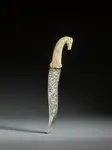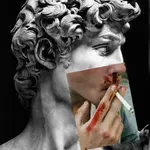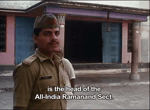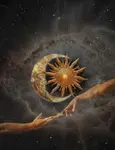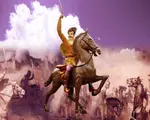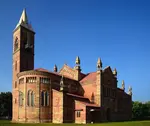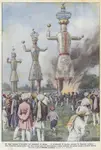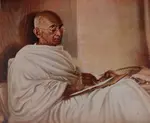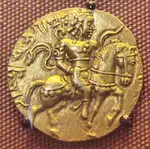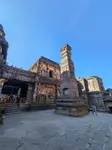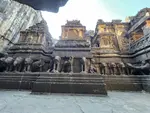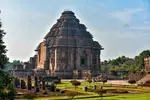Recent Posts
SGTOW ideological thread
Physiognomy
राम के नाम, बाबरी के विध्वंसकों का स्मरण
Poetry Thread.
Critique/Critiqueing, or: Rationality/Irrationalit...
Question to /iti/hAskars
Parliamentary Debating
Can you speak any special dialect besides the gene...
Bihar eastern up is source of all major religions in India post hinduism, >Jainism >Buddhism >Sikhism In fact, same region was hub for North Black Polish Ware culture which coincides with first set of urbanization post fall IVC and it was first ...
The British Raj archives
Why do women love him?
Schopenhauer
chart thread
Book recommendations
/erg/ e-reader general
Didn't know there was a new Dan Brown novel out bh...
Reading it now. It's great. Feel like I'm back in my school and college days.
Greco-Romans
Ayatollah
Youtube essays
Tareekh e Lahore by Kanhiya Lal
हिंदी दिवस
Bihari Pyscho
Were temples back in the day also painted

Abqc3b
No.116
This question was lingering in my mind after i saw some pics on twitter then i went to wiki of Kailasha temple at Ellora caves built in 8th century CE.
You can see the faided paints, some sections which retain paint.
That made me question - was it just specific to some temples or were most rock temples had this sort of color?
Can south indian temples give a clue at the type of color they used? or even greek statues - bright colors.
Do we have reconstruction of any temple with such colors, we never saw the same for Kailash temple which seem obvious to have painted.


vQlEc5
No.117
>>116(OP)
This would be very easy to check actually using spectroscopy.
https://link.springer.com/article/10.1140/epjp/s13360-022-02423-1

Abqc3b
No.118
>>116(OP)
This is mind boggling tbh, if the modern day temples are being made in similar style - they are missing one of the most crucial element of it - paints.
I have seen south indian temples they retain painting but it's not norm.
Why is not Kailash temple being restored with whatever info we have on it.


vQlEc5
No.119
>>118
Why do you wanna restore anything and chasing some past?
It needs to fit into the indoaryan landscape - and it needs to inspire people.
The painted temples in South India look very out of place and cheap. Not only because of themselves, but also because they are surrounded by other buildings that don't fit with their architectural style.
The goal of all architecture should be to be coherent with the indoaryan soul and spirit.

Abqc3b
No.120
>>117
This is interesting so even for likes of kailasha we can get these details.
Baffling that we don't have any research papers on these.
TIL learned about Shilpa shastra, similar to vashtu sastra which can provide further glimpse at the art style, etc. https://en.wikipedia.org/wiki/Shilpa_Shastras
can be a neat project to use those together to deduce howthey looked in the past.


vQlEc5
No.121
>>120
"Reviving" an art style is very pathetic attempt to cling to something that doesn't exist anymore because you can't cope with the fact you can't come up with anything on your own. https://www.labx.com/categories/raman
And my guess is spectroscopy machines are very expensive (EVEN THOUGH AN INDIAN INVENTED IT) so nobody wants to pay for it.

Abqc3b
No.122
>>119
>Why do you wanna restore anything and chasing some past?
It's not just merely about chasing past but rather correcting our understanding of our past.
Currently we are mimicking like a headless chicken our wrong perception of past. For example check the new nalanda university in bihar and compared to the actual design it had.
They literally like monkeys created an university mimicking the ruins of nalanda.

Abqc3b
No.123
>>119
>The goal of all architecture should be to be coherent with the indoaryan soul and spirit.
I get the part of looking at the past - but there's a truth that modern indic architecture style has kinda stagnated so past needs to be understood to evolve the future design etc.
There are various groups like ISKON, BAPS etc. who are trying their own way. I don't know how much of it is evolution from shila shashtras, vastu shashtra - how much of it being added to those.
>>121
>And my guess is spectroscopy machines are very expensive (EVEN THOUGH AN INDIAN INVENTED IT) so nobody wants to pay for it.
hmm, just hoped that ASI is resourceful enough to have atleast one such paper in 70+ years of post-independence history.

